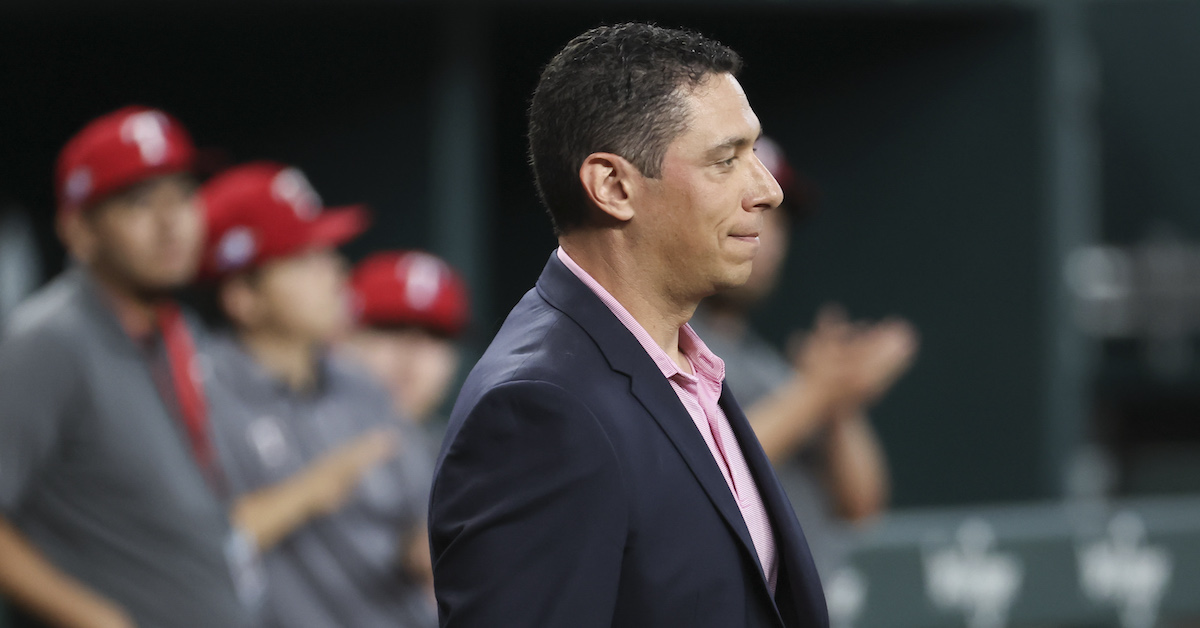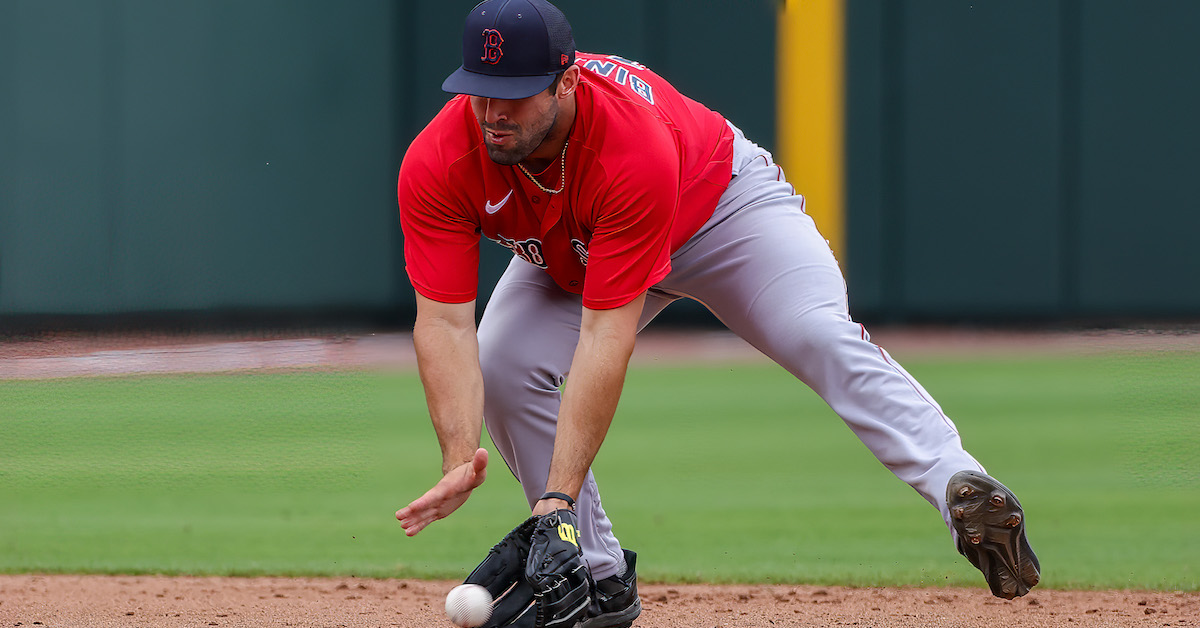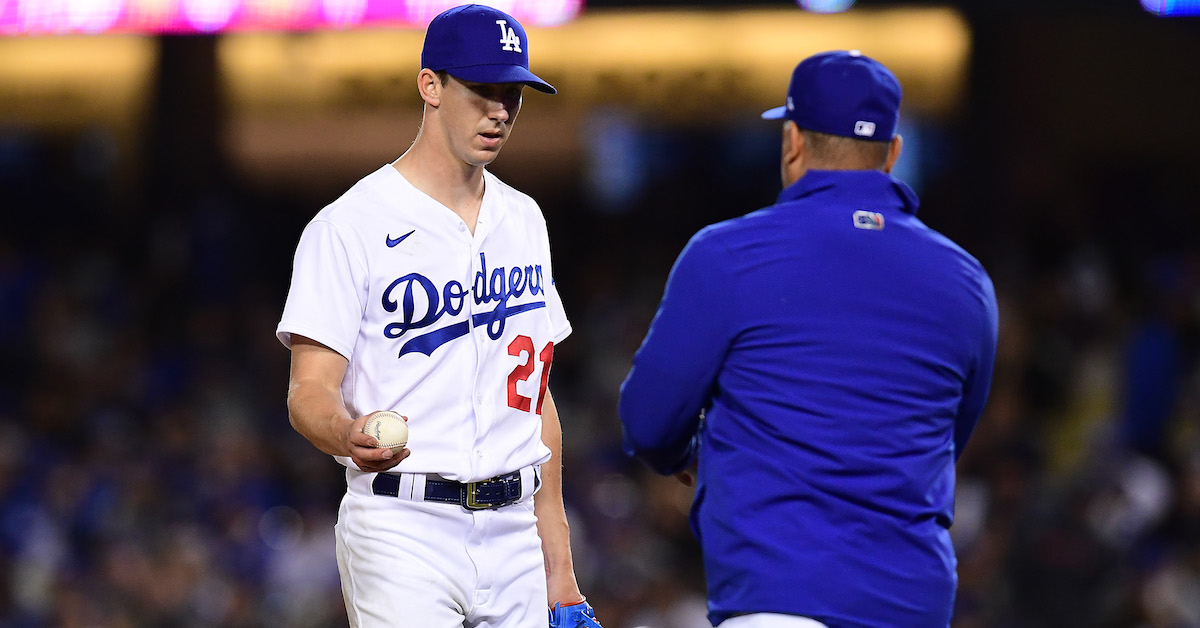Effectively Wild Episode 1892: Keeping it 100

Ben Lindbergh and Meg Rowley banter about the impending premiere of Game of Thrones prequel House of the Dragon, the projection-system verdict on the Braves’ extension of Michael Harris II, the White Sox signing Elvis Andrus, the possibly underrated, could’ve-been-Hall-of-Fame career of José Abreu, and the sophomore improvement of Ha-Seong Kim, then (25:06) answer listener emails about Albert Pujols and the 100-WAR threshold, big leaguers who’ve lost more games in their lives than they’ve won, and at which level a team would be unable to win even one game in a season were it promoted to the majors, followed by a Meet a Major Leaguer segment (51:08) on the Rockies’ Wynton Bernard, the Mariners’ Brennan Bernardino, and the Diamondbacks’ Stone Garrett, Stat Blasts (1:08:49) about the most first-round picks in a team game (and a starting lineup), streaks of team games with identical scores, and the highest WAR by a player with a negative WPA, plus a Past Blast (1:25:20) from 1892 (including a surprising Ed Delahanty comp) and (1:31:51) multiple Taylor Ward broadcaster mistakes.
Audio intro: Biz Markie, “The Dragon”
Audio outro: The Baseball Project, “The Death of Big Ed Delahanty”
Link to Dan S. on the Harris extension
Link to Dan on the Albies extension
Link to Craig Edwards on Albies
Link to MLBTR on the Sox signing Andrus
Link to Ben Clemens on the Abreu deal
Link to Abreu’s pre-MLB stats
Link to Dan S. on Kim’s projection
Link to Grant on Little League
Link to replacement level explainer
Link to Clay’s league strength post
Link to B-Ref’s new debuts page
Link to MLB.com on Bernard
Link to Bernard call-up video
Link to MLB.com on Garrett
Link to Garrett call-up video
Link to Bernardino announcement
Link to story on Bernardino and Rossman
Link to story on Bernardino’s debut
Link to Stathead
Link to Stathead addition post
Link to Ryan Nelson on Twitter
Link to first-rounders-in-game data
Link to first-rounders-in-lineup data
Link to high WARs with negative WPA
Link to Beltré’s pivotal 2010 plays
Link to Delahanty comp article
Link to Phillies LF article
Link to Delahanty’s SABR bio
Link to RIP Baseball on Delahanty
Link to article on 1900 Phillies
Link to Richard Hershberger’s Strike Four
Link to 1892 story source 1
Link to 1892 story source 2
Link to Harry Stevens article
Link to Wade/Ward EW wiki page
![]() Sponsor Us on Patreon
Sponsor Us on Patreon
![]() Subscribe to Stathead (Code: WILD20)
Subscribe to Stathead (Code: WILD20)
![]() Facebook Group
Facebook Group
![]() Twitter Account
Twitter Account
![]() EW Subreddit
EW Subreddit
![]() Effectively Wild Wiki
Effectively Wild Wiki
![]() iTunes Feed (Please rate and review us!)
iTunes Feed (Please rate and review us!)
![]() Get Our Merch!
Get Our Merch!
![]() Email Us: podcast@fangraphs.com
Email Us: podcast@fangraphs.com
Podcast (effectively-wild): Play in new window | Download
Subscribe: RSS





